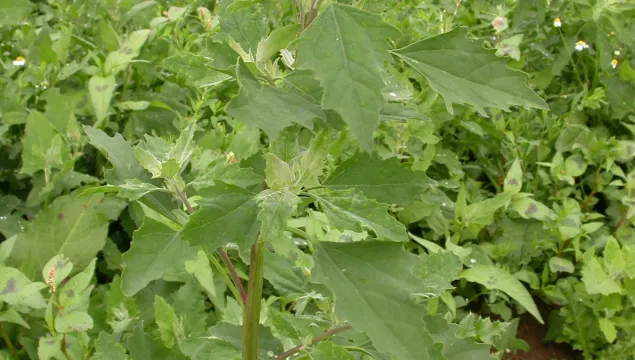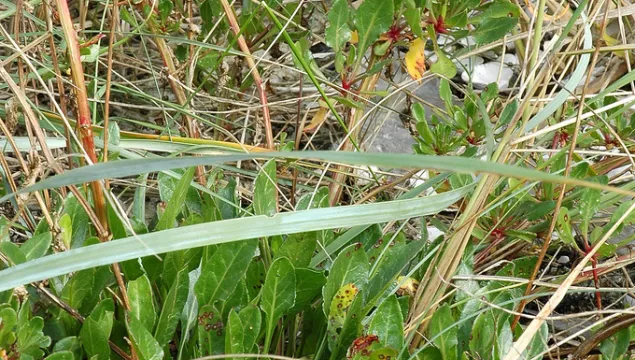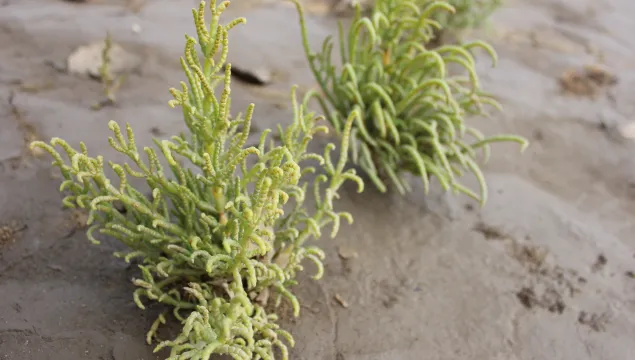
Fat hen
Fat hen is a persistent 'weed' of fields and gardens, verges and hedgerows. But, like many of our weed species, it is a good food source for birds and insects.

Fat hen is a persistent 'weed' of fields and gardens, verges and hedgerows. But, like many of our weed species, it is a good food source for birds and insects.

Sometimes called 'Wild spinach', Sea beet can be cooked and eaten. It grows wild on shingle beaches, cliffs and bare ground near to the sea, as well as in saltmarshes.

Sometimes called 'Marsh samphire', wild common glasswort is often gathered and eaten. It grows on saltmarshes and beaches, sometimes forming big, green, fleshy carpets.
Bladder campion is so-called for the bladder-like bulge that sites just behind the five-petalled flower - this is actually the fused sepals. Look for it on grasslands, farmland and along hedgerows.
The pink, frayed flowers of Ragged-robin are an increasingly rare sight as our wild wetland habitats disappear. You can help: grow native plants in your garden and enjoy the hum of visiting insects.
Star-of-Bethlehem' and 'wedding cakes' are just some of the other names for greater stitchwort. Look for its pretty, star-shaped, white flowers in woodlands and along hedgerows and roadside verges.
Look for the small, white, star-shaped flowers of Common chickweed all year-round. Sometimes considered a 'weed', it is still a valuable food source for insects.
Common mouse-ear is a persistent 'weed' of fields and gardens, verges and hedgerows - all kinds of habitats. But, like many of our weed species, it is still a good food source for insects.
Traditionally a coastal species, Lesser sea-spurrey has spread inland, taking advantage of the winter-salting of our roads. Its pink-and-white flowers bloom in summer.
Broad-leaved dock is well-known to most of us as the remedy for Stinging nettle irritations. Often considered a 'weed', it can be found next to water or on disturbed ground almost anywhere.
As its name suggests, Water dock likes damp places, such as the egdes of canals, ponds and rivers. It is a tall plant with large, greenish flower spikes.
Curled dock is often considered a 'weed'. It can be found near water or on disturbed ground almost anywhere. It is similar to Broad-leaved dock, with which it can hybridise.